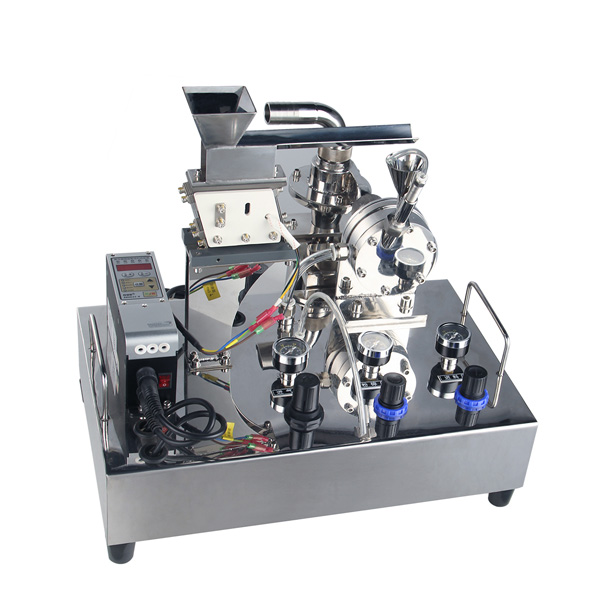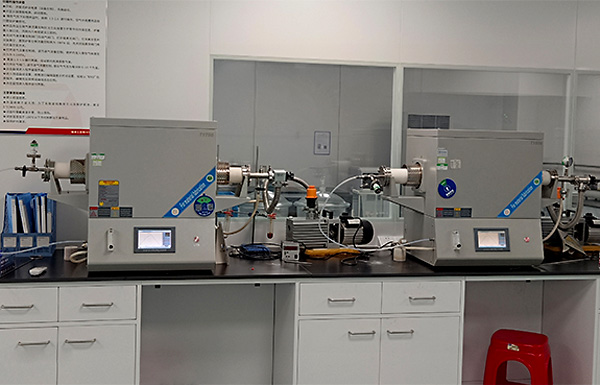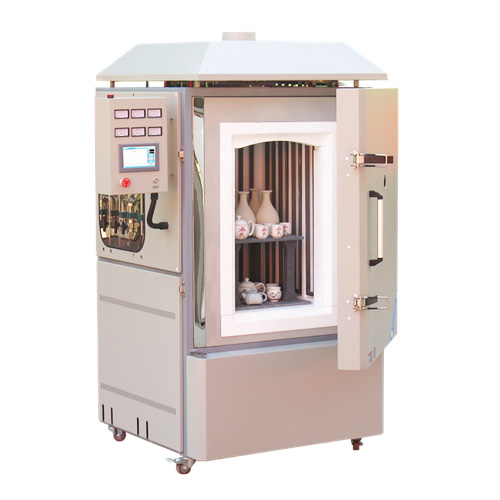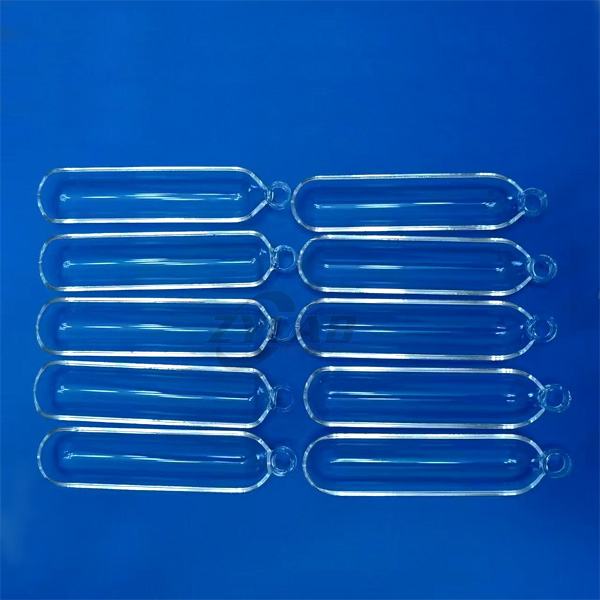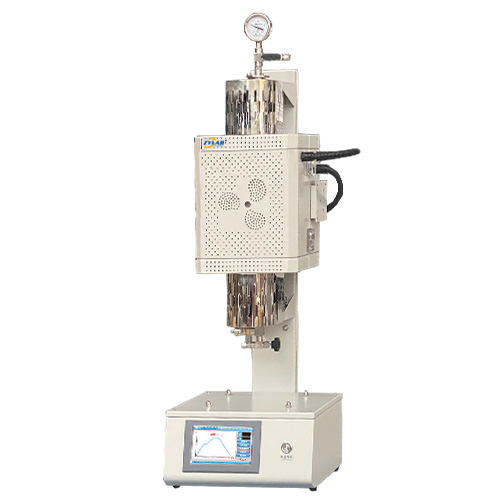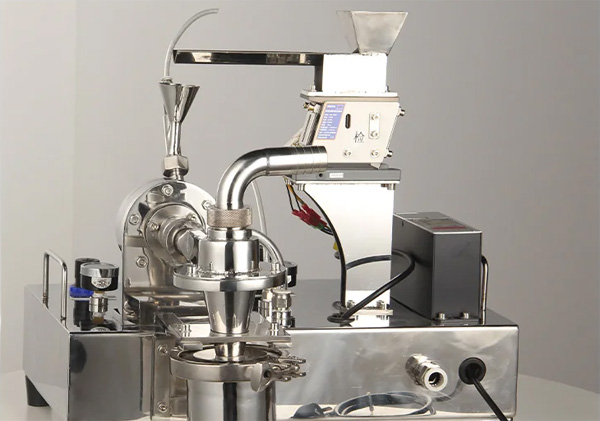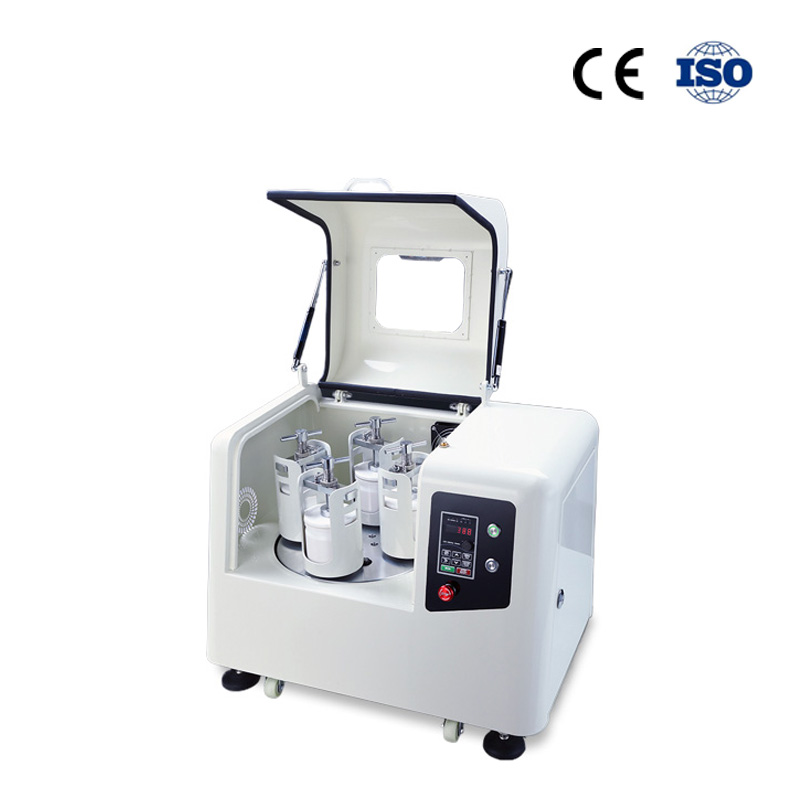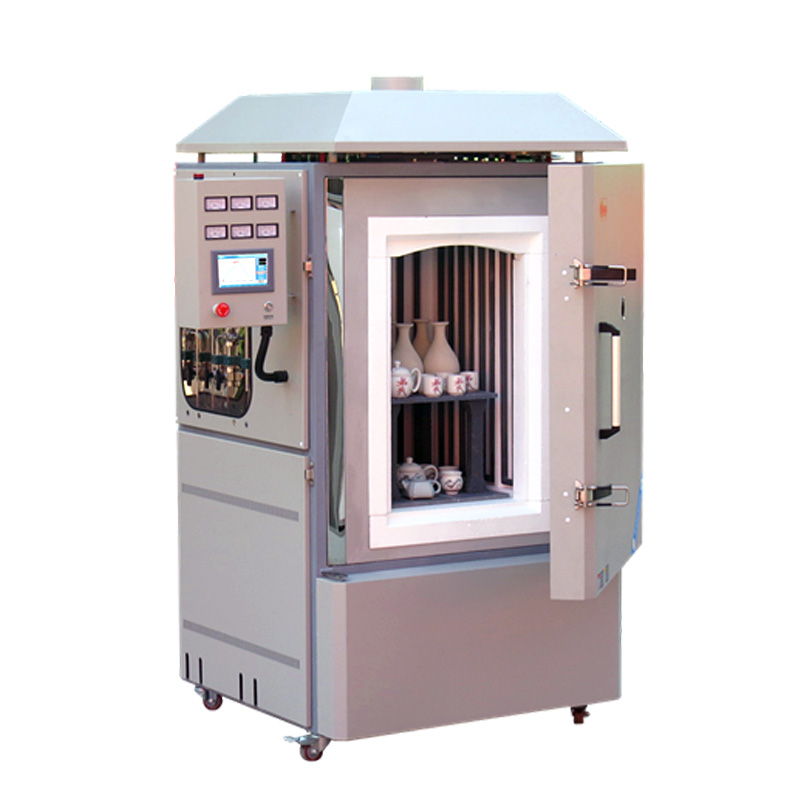
Custom 10×10 mm Split-Type Square Pellet Die Supplied to the University of Groningen, Netherlands
At ZYLAB, we specialize in delivering high-precision, customized laboratory tools that meet the evolving needs of researchers around the world. Recently, we proudly supplied a 10×10 mm split-type square pellet pressing mold to the University of Groningen, one of the Netherlands’ most prestigious research institutions.
This project reflects our continued commitment to supporting world-class scientific research with reliable and user-friendly sample preparation solutions.

